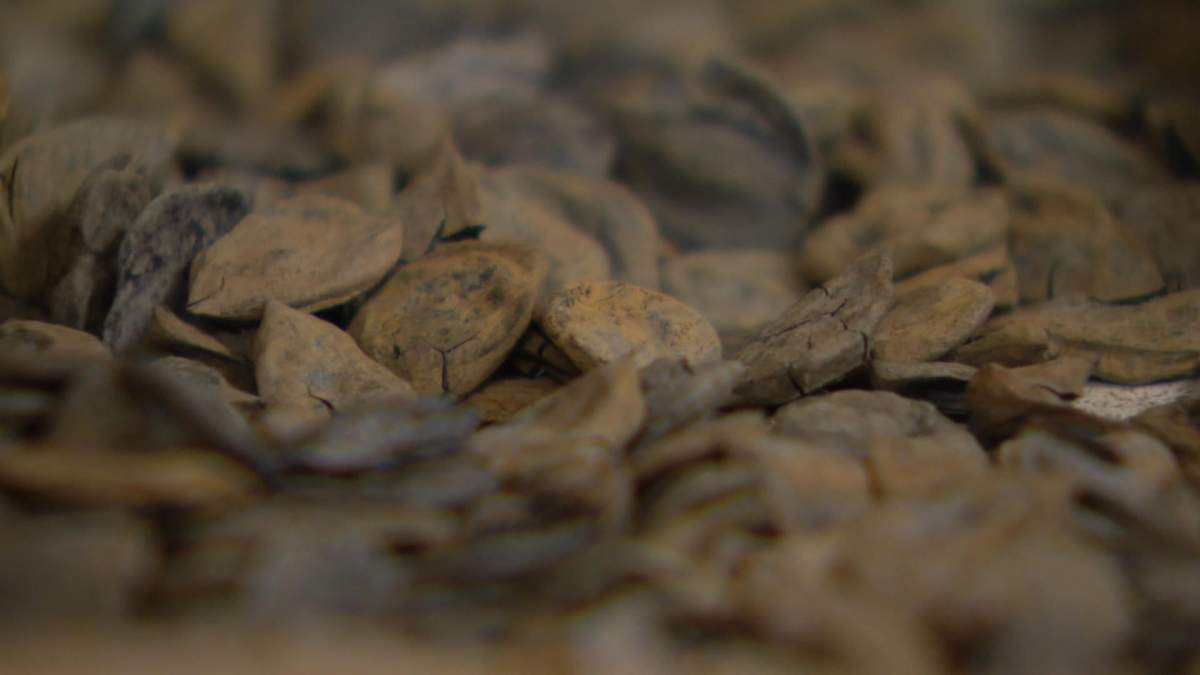Extinct, fossilized walnuts have been found by University of Saskatchewan scientists in the Canadian arctic.

James Basinger and Robin Wilson are co-authors on a study highlighting three new extinct species of walnuts that has been published in the International Journal of Plant Sciences.
The walnuts were found on an island in Canada’s north called Axel Heiberg.
The island used to be home to a rainforest about 45 million years ago, with Basinger calling it now a fossil forest.
“That forest gave us a bit of an insight into what grew in the very high latitudes when the Earth was much warmer, what we call a Greenhouse Earth,” Basinger said.

Get daily National news
He described these walnuts about the size of the end of a finger.
Basinger said getting up to the Arctic is always a challenge but said finding these walnuts was just a matter of walking the landscape and picking them up off the surface.
“The fossils are exquisitely preserved, mummified.”
He said with the erosion in the area you could find new fossils every time they visited the island.
Basinger said while these walnuts give insight into what landscapes used to look like back when the world was much warmer, he added it also gives a clue about the evolution of walnuts over time.










Comments